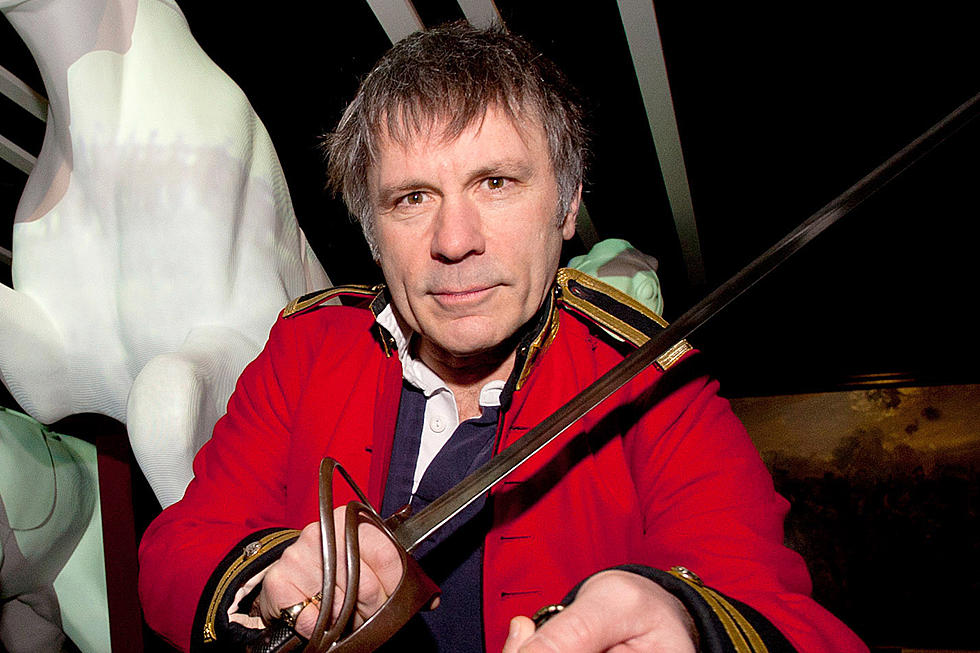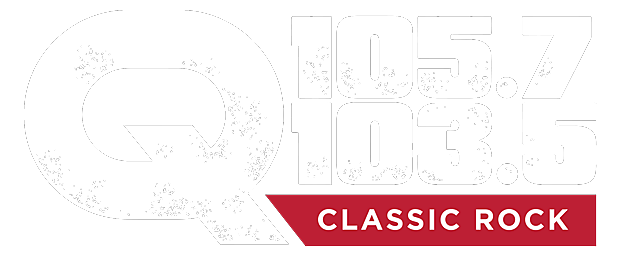
When Bruce Dickinson Stretched His Creative Wings on ‘Balls to Picasso’
When Bruce Dickinson issued his second solo album, Balls to Picasso, on June 3, 1994, the former (and future) Iron Maiden vocalist was facing far more pressure than when he’d first stepped out on his own four years earlier.
That’s because Dickinson’s positively received debut, 1990’s Tattooed Millionaire, had been released before the singer’s definitive departure from the heavy metal legends, whom he first fronted between 1981 and 1993. Despite its irreverent title, Balls to Picasso therefore represented his true maiden voyage (no pun intended), without the reassuring safety net provided by his old band.
These heightened stakes certainly seemed to affect the album’s lengthy, fractured gestation, the first part of which entailed jam sessions with members of British hard rockers Skin. The second was an ultimately fruitless collaboration with veteran producer Keith Olsen, whose prior credits ranged from Ozzy Osbourne to Fleetwood Mac. The third was a serendipitous meeting with onetime Tribe of Gypsies guitarist Roy Z.
In Z, Dickinson finally found the perfect songwriting and producing partner for both the short- and long-term of his solo career: one simultaneously cognizant of the singer’s heavy metal legacy with Iron Maiden (and even New Wave of British Heavy Metal also-rans, Samson, before them), as well as his current desire to stretch his creative wings as widely as possible.
And stretch they surely did, via the edgy grunge riffs of "Cyclops," quasi-rapped vocal of "Sacred Cowboys," funk metal accents of "1,000 Points of Light," and full-on funk breakdown of "Shoot All the Clowns" — to say nothing of the assorted world music flavors sprinkled across "Change of Heart" (replete with Latin ingredients), "Hell No" (vaguely Eastern melodies), and "Gods of War" (tribal rhythms).
Listen to Bruce Dickinson Perform 'Cyclops'
Perhaps even more notable was the pointed, often cynical political commentary dominating many of the above, as well as, in more elliptical fashion, the album’s standout "Laughing in the Hiding Bush." Needless to say, such controversial topics and opinions were something that Dickinson never dared explore with the staunchly non-partisan Iron Maiden, whose fans were at last given something truly familiar to rally around in the album’s closing epic, "Tears of the Dragon."
And, for better or worse, the combination of this experimental mindset and the perfectly respectable commercial success of Balls to Picasso encouraged Dickinson to pull out all the stops for his third solo outing, 1996’s Skunkworks, which quickly went from a gutsy, standalone alternative rock band to all-time career fiasco.
But, on the positive side, its failure quickly forced Dickinson to beat a strategic retreat, back to the heavy metal sounds he was best known, and to Roy Z (plus fellow Iron Maiden exile, Adrian Smith), for the next year's widely acclaimed Accident of Birth LP.
Even in light of these reversals of fortune, though, the ensuing years have brought enough perspective for fans to recognize Balls to Picasso as an important and ever-intriguing album in Bruce Dickinson’s career arc – one filled with strong and memorable material that has largely withstood the test of time.
Ranking Every Iron Maiden Album
More From Q 105.7










